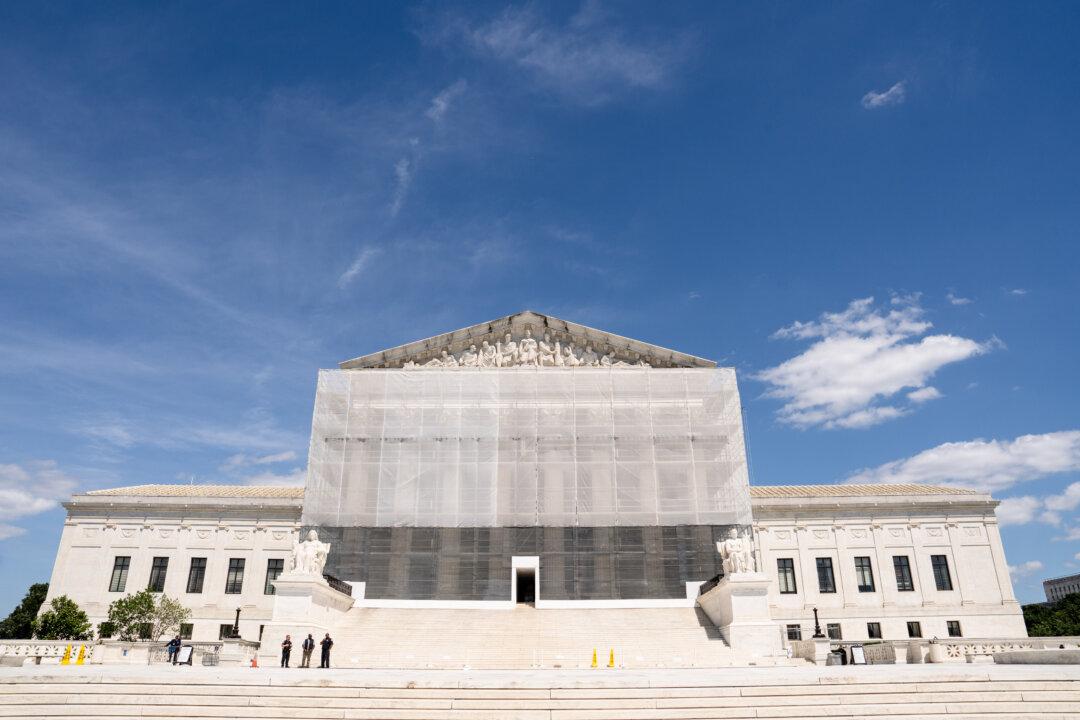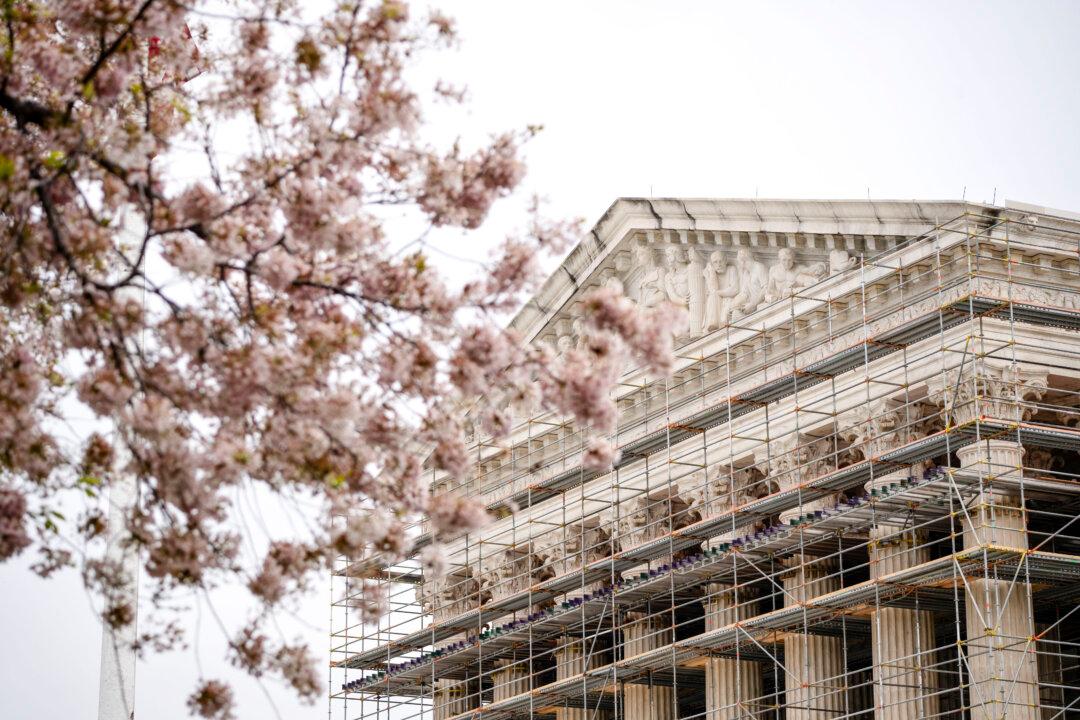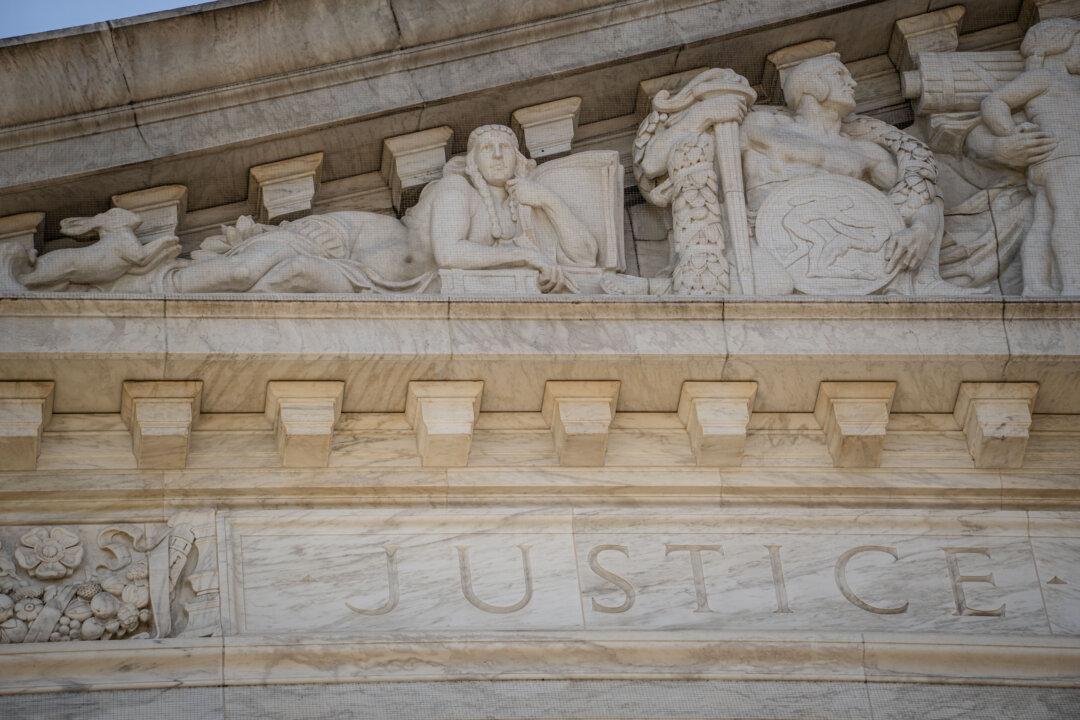The Supreme Court on May 22 formally blocked lower court rulings that prevented President Donald Trump from firing members of independent labor boards.
Justices Elena Kagan, Sonia Sotomayor, and Ketanji Brown Jackson dissented.
Acting on behalf of the high court, Chief Justice John Roberts on April 9 temporarily halted the orders by two Washington-based federal judges that blocked the president’s firings of Cathy Harris from the Merit Systems Protection Board (MSPB) and Gwynne Wilcox from the National Labor Relations Board (NLRB) before their terms expire.
Wilcox was appointed to the NLRB by President Joe Biden in 2021 after Senate confirmation. She was reappointed in 2023. Under the National Labor Relations Act, the NLRB hears complaints about employers engaged in alleged unfair labor practices.
Harris, a member of the MSPB, a civil service review board, was appointed by Biden in 2022 after Senate confirmation. In 2024, Biden elevated her to the chairmanship of the board.
The April 9 order issued by Roberts, called an administrative stay, gave the justices more time to consider the Trump administration’s emergency application seeking a block. The stay was granted hours after the administration requested it. Roberts did not explain his ruling.
The new order states that the orders issued by the United States Court of Appeals for the District of Columbia Circuit are “stayed pending the disposition of the appeal” in that court.
“The President is prohibited by statute from removing these officers [i.e. Wilcox and Harris] except for cause, and no qualifying cause was given,” the order said.
However, the Constitution says the president “may remove without cause executive officers who exercise that power on his behalf, subject to narrow exceptions recognized by our precedents.”
The new order “reflects our judgment that the Government is likely to show that both the NLRB and MSPB exercise considerable executive power.”
“The stay also reflects our judgment that the Government faces greater risk of harm from an order allowing a removed officer to continue exercising the executive power than a wrongfully removed officer faces from being unable to perform her statutory duty.”
Dissenting Opinion
Kagan wrote a dissenting opinion, which Sotomayor and Jackson joined.She expressed concern that the Supreme Court is moving in the direction of overturning its landmark 1935 ruling in Humphrey’s Executor v. United States, which she said prevents President Trump from firing Wilcox and Harris.
The precedent “undergirds a significant feature of American governance: [providing] bipartisan administrative bodies carrying out expertise-based functions with a measure of independence from presidential control.”
She wrote that the Humphrey’s Executor case limits presidential control over not just the NLRB and the MSPB, but also other agencies such as the Federal Reserve Board, the Federal Trade Commission, and the Federal Communications Commission, she wrote.
“Not since the 1950s (or even before) has a President, without a legitimate reason, tried to remove an officer from a classic independent agency—a multi-member, bipartisan commission exercising regulatory power whose governing statute contains a for-cause provision,” she added. A for-cause provision prevents an officer from being fired for a reason other than something related to job performance.
Trump has fired without cause several independent agency officers, and “today this court effectively blesses those deeds,” she wrote.
The Supreme Court’s new order “allows the President to overrule Humphrey’s by fiat,” at least until the court can review the 90-year-old precedent in the future, she added.




